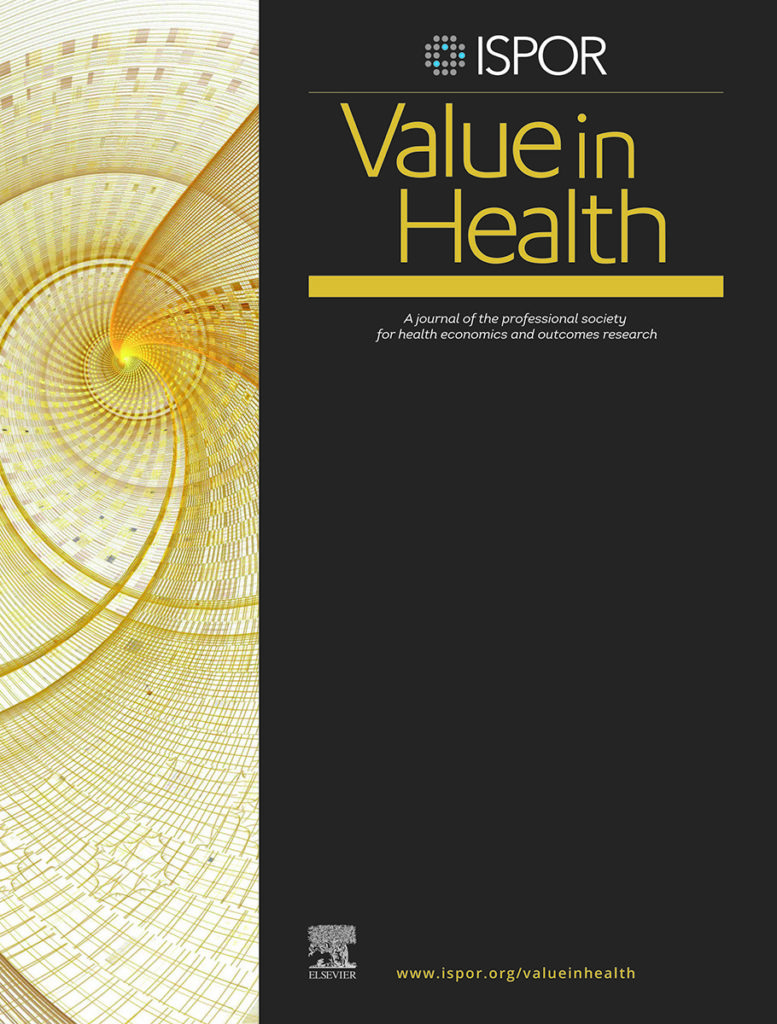To evaluate the trend of US prescription drug prices and the impact of Medicare Part D and the Affordable Care Act on out-of-pocket drug spending for older and poorer consumers, the authors compared expenditures for prescription medications and for medical visits over time and examined the relationship of drug expenditures by source of payment and income level. Data for the study were extracted from the Medical Expenditures Panel Survey (MEPS), 1997 to 2015.
The cost per prescription increased from $38.56 in 1997 to $73.34 in 2015. Nevertheless, the study showed that consumers’ out-of-pocket expenditures decreased from $18.19 to $9.61. Out-of-pocket expenditures of low-income and near-poor individuals had larger percentage reductions relative to individuals in higher-income groups before and after implementation of Medicare Part D. While consumer out-of-pocket costs decreased, public program expenditures per prescription increased from $5.61 to $34.43. Over 90% prescription purchases were covered by medical insurance by 2015.
“The results of this study suggest that for many individuals the cost of obtaining medications has declined owing to the ubiquitous prescription drug benefits that accompany private and public health insurance,” said corresponding author Daniel C. Malone, PhD, Department of Pharmacy Practice and Science, College of Pharmacy, University of Arizona, Arizona, USA. “For the elderly, disabled, and historically uninsured in the United States, prescription drugs have become more affordable because of implementation of Medicare Part D and Affordable Care Act. Indeed, our study suggests that over the past 2 decades there has been a remarkable shift in medication costs from consumers to public sources. This has occurred across all income levels, but especially among low income individuals.”
In the United States, as recently as the late 1980s, most prescription drugs were purchased directly by patients. Before 2006, older persons on Medicare constituted one of the largest segments of the US population lacking insurance for prescription drugs despite consuming more medications than younger individuals. Likewise, low-income individuals who failed to qualify for Medicaid also paid out of pocket for medications or went without treatment. The rapid rise in prescription drug programs has shielded consumers with private health insurance or Medicaid from part or all of the cost of medications. The passage of Medicare Part D and the Affordable Care Act has further shifted direct expenditures for medications from consumers to insurers and public payers.
###
ABOUT ISPOR
ISPOR, the professional society for health economics and outcomes research (HEOR), is an international, multistakeholder, nonprofit dedicated to advancing HEOR excellence to improve decision making for health globally. The Society is the leading source for scientific conferences, peer-reviewed and MEDLINE®-indexed publications, good practices guidance, education, collaboration, and tools/resources in the field.
Web: www.ispor.org | LinkedIn: www.linkedin.com/company/ispororg | Twitter: www.twitter.com/ispororg (@ISPORorg) | YouTube: www.youtube.com/ispororg | Facebook: www.facebook.com/ispororg | Instagram: www.instagram.com/ispororg
ABOUT VALUE IN HEALTH
Value in Health (ISSN 1098-3015) is an international, indexed journal that publishes original research and health policy articles that advance the field of health economics and outcomes research to help healthcare leaders make evidence-based decisions. The journal’s 2018 impact factor score is 5.037. Value in Health is ranked 4th among 81 journals in health policy and services, 5th among 98 journals in healthcare sciences and services, and 11th among 363 journals in economics. Value in Health is a monthly publication that circulates to more than 10,000 readers around the world.
Web: www.ispor.org/valueinhealth | Twitter: www.twitter.com/isporjournals (@ISPORjournals)
scraped from https://www.newswise.com/articles/medicare-part-d-and-the-affordable-care-act-have-shifted-direct-expenditures-for-medications-from-us-consumers-to-insurers-and-public-payers


